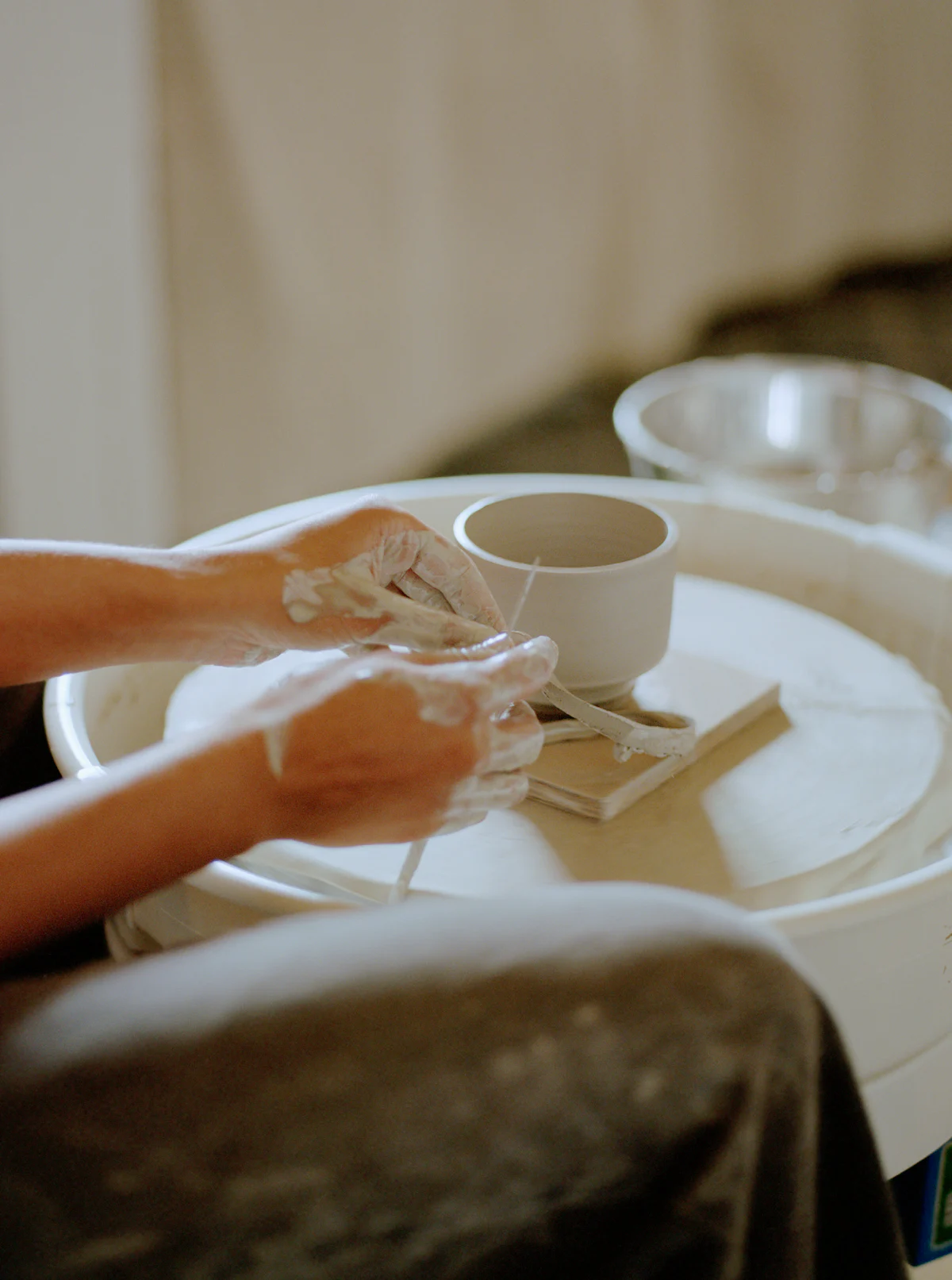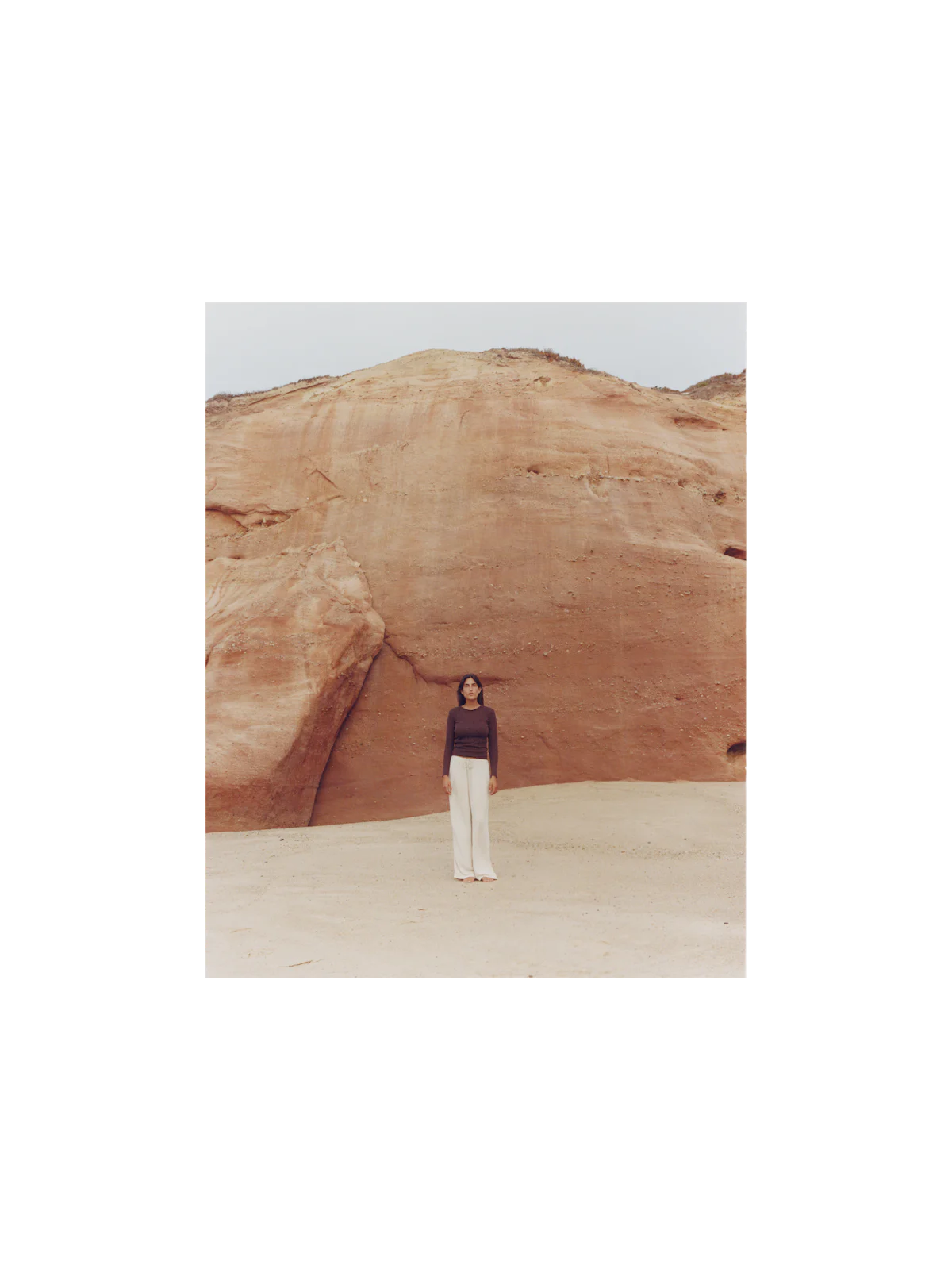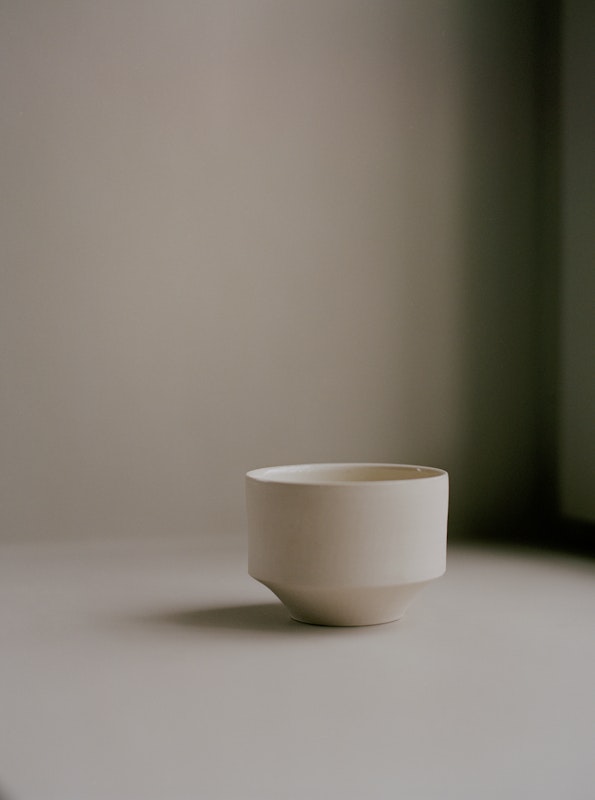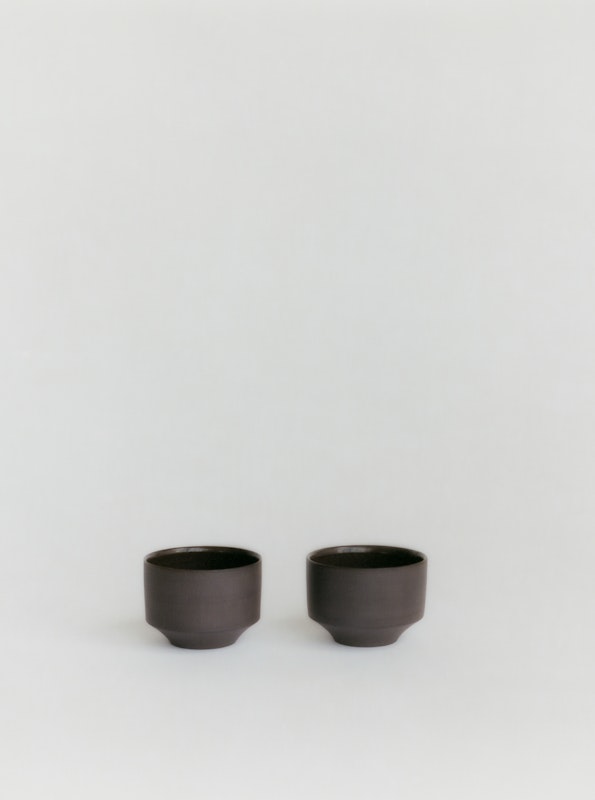In Conversation With Wilma
Wilma Nawara’s creative path is one shaped not by the absence of limits, but by the quiet power of structure. For her, boundaries are not barriers; they are a framework for imagination — a way to focus and deepen the act of making. From childhood memories of crafting objects with intention to her discovery of ceramics as a medium that balances form and feeling, Wilma has always gravitated towards processes that require both intention and intuition.

In this conversation with Wilma Nawara, we move between the technical and the poetic — speaking of the artists who inspire her, small handmade tokens passed on to strangers, and the honest beauty of an unassuming bowl. We learn about the objects that have shaped her, the rituals that anchor her, and how walking — unhurried and reflective — has become a thread running through her personal and creative life. Her approach to creativity is both grounded and expansive, rooted in a curiosity about how things are made and why they matter.
Could you describe a moment when you felt a strong connection to a particular space or object—truly noticed it?
Now and then, I come across an object that completely captures my attention. It doesn’t matter what it is or where I find it—something about it just feels right. I remember once seeing a big bowl in a café. There was something so harmonious about it: the proportions, the glaze colour, a subtle detail on the rim. It’s that moment when you first glance at it and it just feels right. That kind of simplicity, where nothing is trying too hard, is what really resonates with me. These beautifully simple objects can’t hide behind distractions—they’re honest in their form, and that honesty is powerful.
Another object I found incredibly beautiful, though I’ve only seen it through images and videos, is a water installation by Lily Clark. It features a concave surface where droplets of water fall from the corners and then slide toward a tiny hole in the centre, disappearing as they go. It’s poetic, yet playful. The drops bounce off each other, sometimes merging, sometimes not. It’s like watching the physics of water, gravity and surface tension turned into a quiet, mesmerising experience. That’s something I appreciate—when physics, art and design all come together.

How did your interest in the creative crafts start—do you have any early memories to share with us?
Something I’ve realised over the years is that my creativity thrives best within boundaries. Even as a child, when I was drawing, I preferred having a specific theme or set of guidelines rather than being given total creative freedom. Too many options can feel overwhelming and shut down my creativity. But when I have some direction, it helps me focus my creative energy more effectively.
That’s part of what initially drew me to ceramics, especially wheel-throwing. The process involves working with symmetry—creating round forms. Within those constraints, I feel free to explore and experiment. The limits don’t restrict me; they give my creativity direction.
This might also explain why I’m more drawn to functional objects than purely artistic ones like sculptures. I loved crafting as a kid, but I wanted the things I made to serve a purpose. If I made a little boat, I’d test it in the bathtub to see if it floated. I’ve always been curious about how things work.
That combination of wanting to make functional, purposeful things and understanding how they’re made led me to study Industrial Design Engineering. But that programme ended up feeling too rigid, and I didn’t quite fit in. A big part of my journey has been about trying to find the right balance between the rational, technical side of design and the emotional, intuitive side. Ceramics became the perfect medium for that balance—it allows me to engage both parts of myself in a fulfilling way.
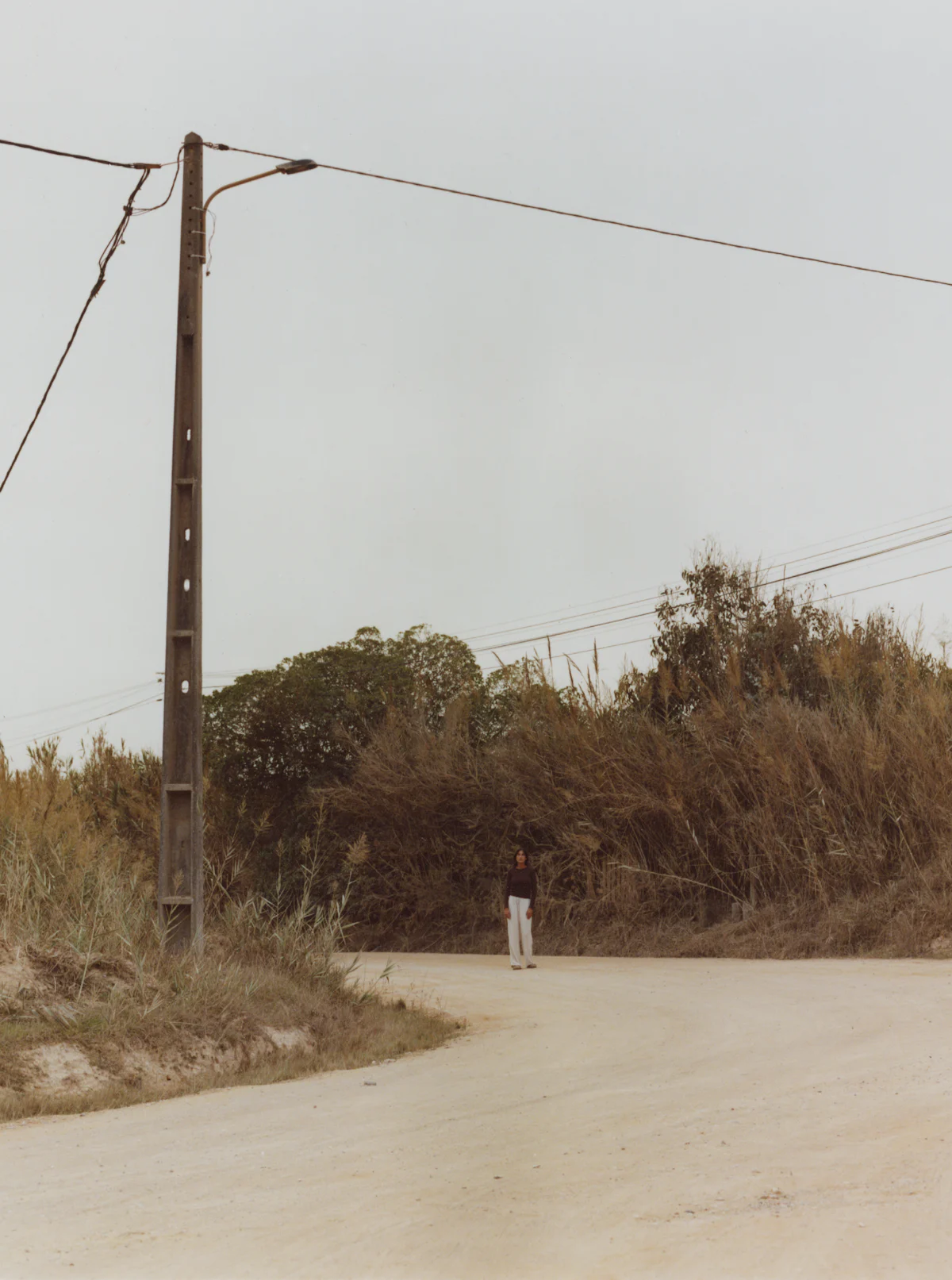
Do you have any object in your own home that you feel extra attached to–one that tells us a story about you?
I’ve moved around quite a bit and, over time, I’ve learnt not to get too attached to—or invest too much in—objects in my home. In a way, that became a cycle that made moving easier. But the things I do hold onto tend to be small, meaningful items from my travels. One of my favourites is a collection of ceramics I picked up in Oaxaca, Mexico, made by the kindest families who generously shared not just their craft, but also their way of life. I love objects that are tied to the people behind them or a shared moment.
Once, I made a full ceramic chess set, and I ended up with quite a few extra pieces. I started carrying them with me wherever I would go. Whenever I had a meaningful encounter—sometimes just a brief moment—I’d give them one of the pieces. It became a kind of handmade memory, a small token of appreciation for the moment or time we shared. I really love the thought that there are people in different corners of the world who now have these little, random chess pieces—each one carrying a connection we once made.
What’s a habit or ritual in your daily life that keeps you grounded?
To me, walking is such a simple and accessible way to calm the mind. It doesn’t matter whether I’m in the city or on the cliffs along the coast—I can take in my surroundings, looking at nature, buildings, animals, people, anything really. I love to just observe everything around me—especially when I’m listening to music that fits my mood perfectly in that moment.
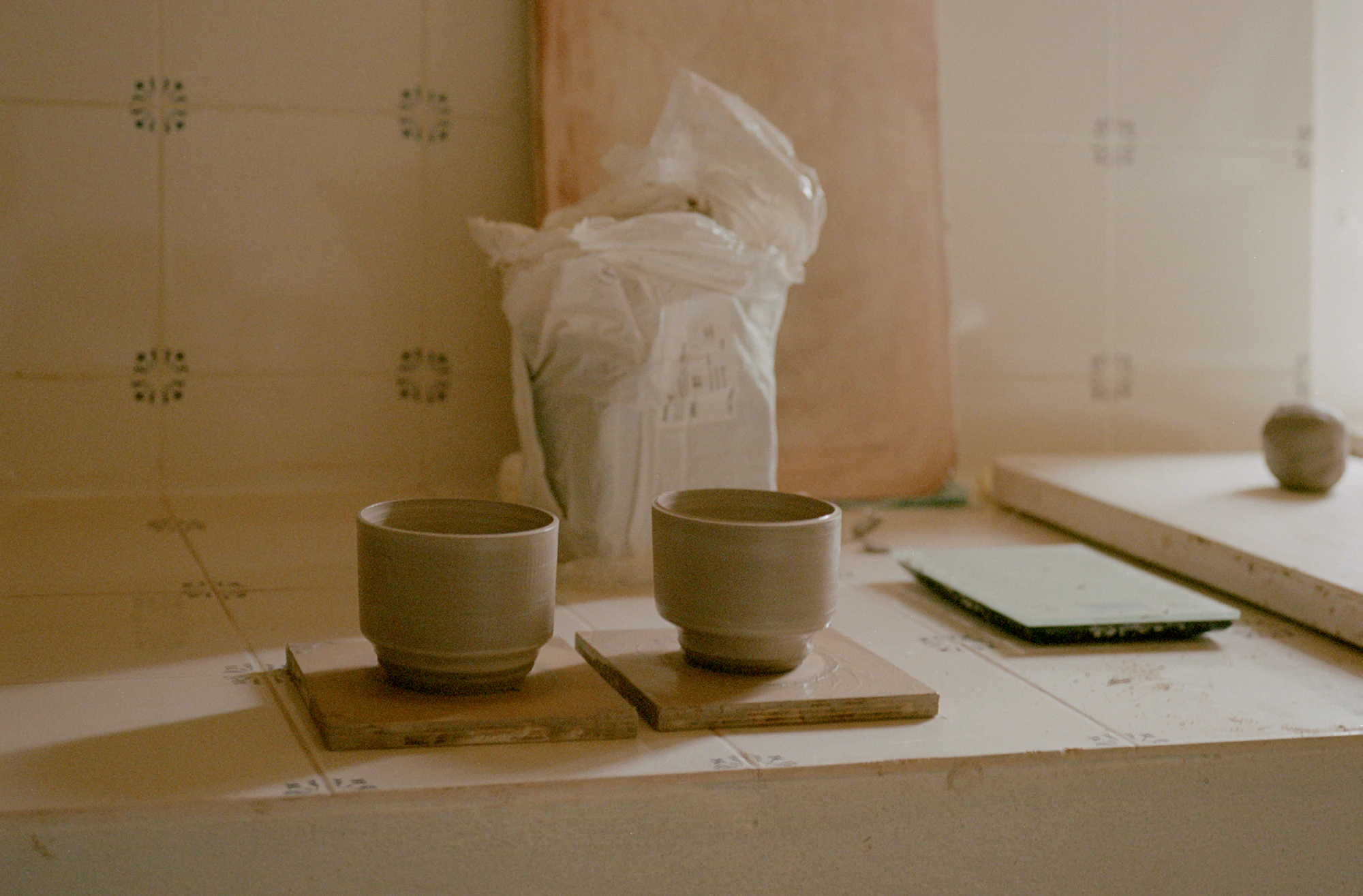

Is there a book, film, or experience that has inspired you and that you’d recommend to others?
One book I've read in the last few years that I really loved was A History of Bones by John Lurie. He’s a musician, composer, actor, painter, and storyteller. The book is full of strange and hilarious anecdotes but also dives into deeper topics like the music industry and personal relationships. What really stood out to me was his brutal honesty and sense of humour. There were many moments where I found myself literally laughing out loud while reading.
An artist who’s been inspiring me lately is Ruth Asawa. She created abstract looped-wire sculptures influenced by her curiosity about natural and organic forms. I’m really drawn to the way her work feels both delicate and structural.
'Once, I made a full ceramic chess set, and I ended up with quite a few extra pieces. I started carrying them with me wherever I would go. Whenever I had a meaningful encounter—sometimes just a brief moment—I’d give them one of the pieces.'
When do you feel most like yourself—and where are you, physically and emotionally, in that moment?
Again, walking is something I do anytime and anywhere. Sometimes it’s because I need a break after long days spent sitting at the wheel in the studio. Other times, it’s about needing space—wanting to be alone—but it can also be a way to be social and catch up with a friend. There’s also that feeling of relief after finishing a big deadline, for example, where walking becomes a way to mark that shift. It’s such a lovely way to process whatever is going on in life.
One of my favourite memories tied to walking is from when I had just met my partner. For a week straight, we took walks along the cliffs every day. No phones, no distractions—just the two of us, getting to know each other through conversations and shared silences. It sounds like I’m a fanatic walker or hiker, but I’m not—it’s just low-key walking, haha.
If you weren’t working with ceramics, what would you be doing? Tell us a bit about it.
If I weren’t working with ceramics, I think I’d still be drawn to another kind of craft. Ceramics was the first medium that resonated with me—it felt natural, and I just kept learning and building skills because it gave me a sense of fulfilment I hadn’t felt before. But I believe other crafts, like woodturning or glassblowing, could offer that same kind of satisfaction. Maybe ceramics came into my life first simply because it was more accessible at the time.
I could also see myself working more in interior design. I’m interested in how objects become part of a space and interact with their surroundings in a way that feels intentional—when it adds to the atmosphere rather than just occupying space.
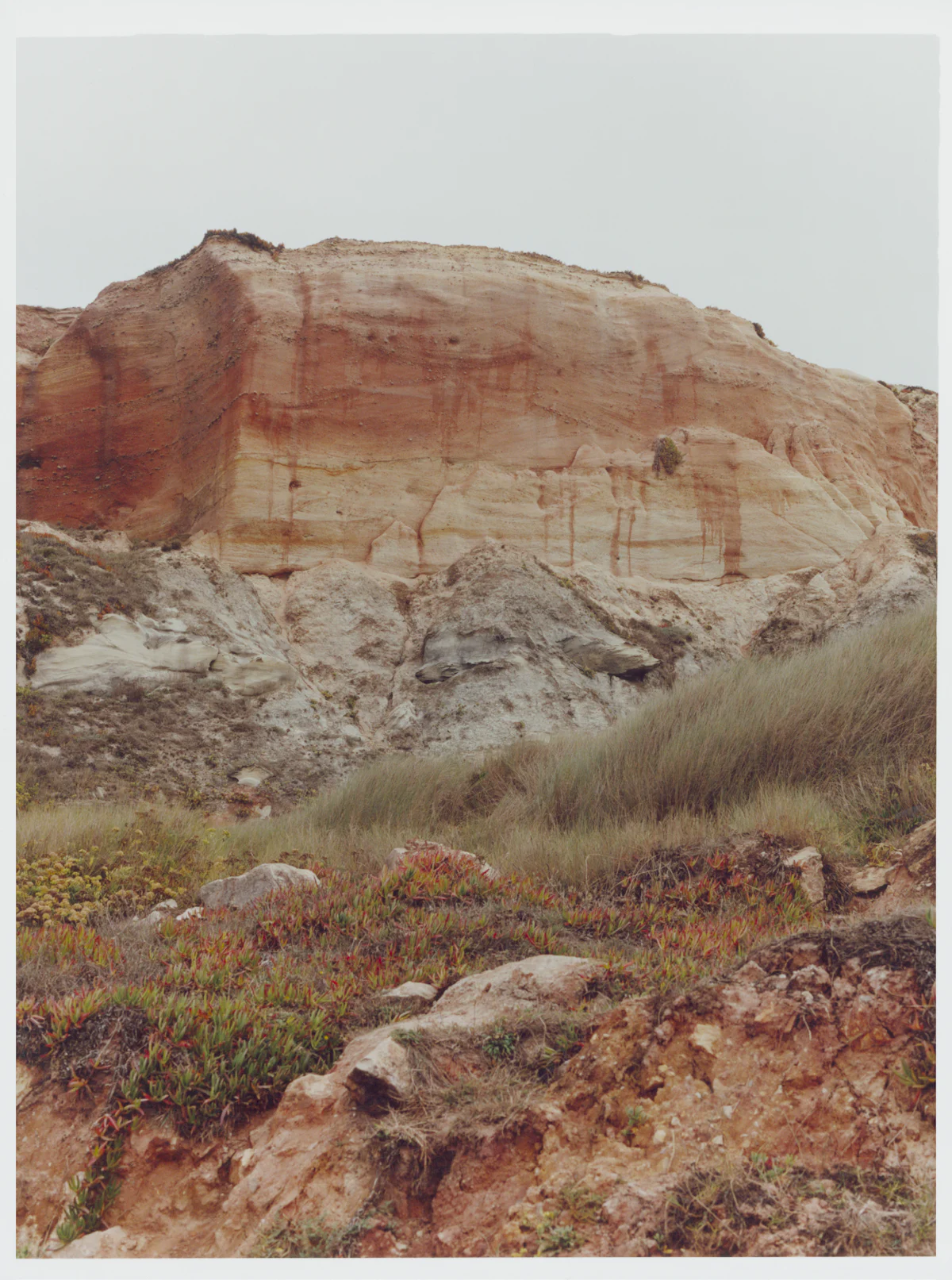

Is there a book, film, or experience that has inspired you and that you’d recommend to others?
One book I've read in the last few years that I really loved was A History of Bones by John Lurie. He’s a musician, composer, actor, painter, and storyteller. The book is full of strange and hilarious anecdotes but also dives into deeper topics like the music industry and personal relationships. What really stood out to me was his brutal honesty and sense of humour. There were many moments where I found myself literally laughing out loud while reading.
An artist who’s been inspiring me lately is Ruth Asawa. She created abstract looped-wire sculptures influenced by her curiosity about natural and organic forms. I’m really drawn to the way her work feels both delicate and structural.
'Once, I made a full ceramic chess set, and I ended up with quite a few extra pieces. I started carrying them with me wherever I would go. Whenever I had a meaningful encounter—sometimes just a brief moment—I’d give them one of the pieces.'
When do you feel most like yourself—and where are you, physically and emotionally, in that moment?
Again, walking is something I do anytime and anywhere. Sometimes it’s because I need a break after long days spent sitting at the wheel in the studio. Other times, it’s about needing space—wanting to be alone—but it can also be a way to be social and catch up with a friend. There’s also that feeling of relief after finishing a big deadline, for example, where walking becomes a way to mark that shift. It’s such a lovely way to process whatever is going on in life.
One of my favourite memories tied to walking is from when I had just met my partner. For a week straight, we took walks along the cliffs every day. No phones, no distractions—just the two of us, getting to know each other through conversations and shared silences. It sounds like I’m a fanatic walker or hiker, but I’m not—it’s just low-key walking, haha.
If you weren’t working with ceramics, what would you be doing? Tell us a bit about it.
If I weren’t working with ceramics, I think I’d still be drawn to another kind of craft. Ceramics was the first medium that resonated with me—it felt natural, and I just kept learning and building skills because it gave me a sense of fulfilment I hadn’t felt before. But I believe other crafts, like woodturning or glassblowing, could offer that same kind of satisfaction. Maybe ceramics came into my life first simply because it was more accessible at the time.
I could also see myself working more in interior design. I’m interested in how objects become part of a space and interact with their surroundings in a way that feels intentional—when it adds to the atmosphere rather than just occupying space.

